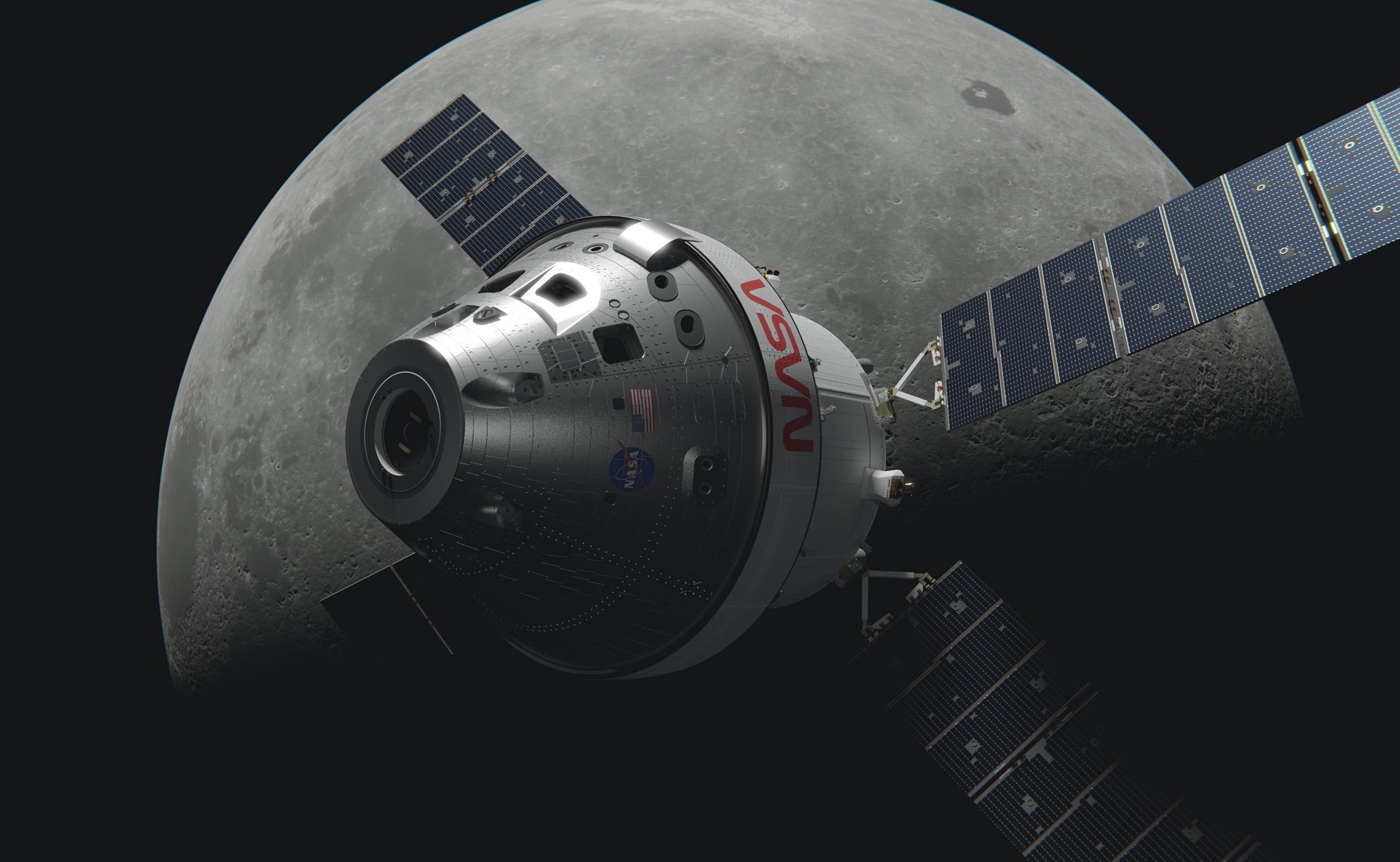The year 2023 is coming to an end. It has been a stressful 12 months for NASA, during which there have been several outstanding events. It is worth noting the first return of material from the asteroid Bennu in the history of the space agency and the beginning of its research, the launch of the Psyche spacecraft, and the continuation of the incredible work of the James Webb Space Telescope, which pleases us with incredible discoveries. But what awaits us in 2024? The Space Agency has released a video in which it looks into the future, which promises to be even more exciting.
The most anticipated mission of 2024 will be the Artemis II flight, which will send four astronauts on a flyby of the Moon. During this flight, the Orion spacecraft will approach the surface of the Moon at a distance of only 120–130 km. Artemis II is scheduled for November and will take the same route as the unmanned Artemis, which aimed to test NASA’s most powerful rocket — called the Space Launch System, or SLS and Orion capabilities.
In 2024, NASA will send the VIPER spacecraft (Volatiles Investigating Polar Exploration Rover) to the Moon. This is a lunar rover the size of an electric golf cart. The VIPER mission was supposed to begin this year, but NASA decided to postpone it to conduct more tests of the spacecraft’s landing system. After landing on the surface of our natural moon, it will explore the South Pole of the Moon for the presence of water ice — a vital resource for future colonists.
The space agency also plans to launch the Europa Clipper mission, which will explore one of Jupiter’s largest moons, Europa, to find out if its ocean can be a suitable environment for extraterrestrial life.

NASA is also very interested in SpaceX successfully carrying out the first orbital flight of the Starship spacecraft, the most powerful system in the history of space flight, which can deliver the first people to Mars as part of a mission, possibly in the 2030s. Starship, consisting of the first stage of the Super Heavy launch vehicle and the second-stage Starship spacecraft, made two test flights this year, but both times it did not reach orbit. The third test is expected to take place in the coming months.
Over the next year, the James Webb Space Telescope will continue its revolutionary exploration of deep space. The International Space Station is also expecting a visit by new crews to continue scientific research in microgravity conditions at an altitude of about 400 km above the Earth.
Finally, NASA notes that residents of North America, Canada and Mexico will be able to admire the amazing spectacle of a total solar eclipse, which will take place on April 8, 2024.
Earlier, we reported on how NASA’s draft budget for 2024 was published.
Follow us on Twitter to get the most interesting space news in time
https://twitter.com/ust_magazine


